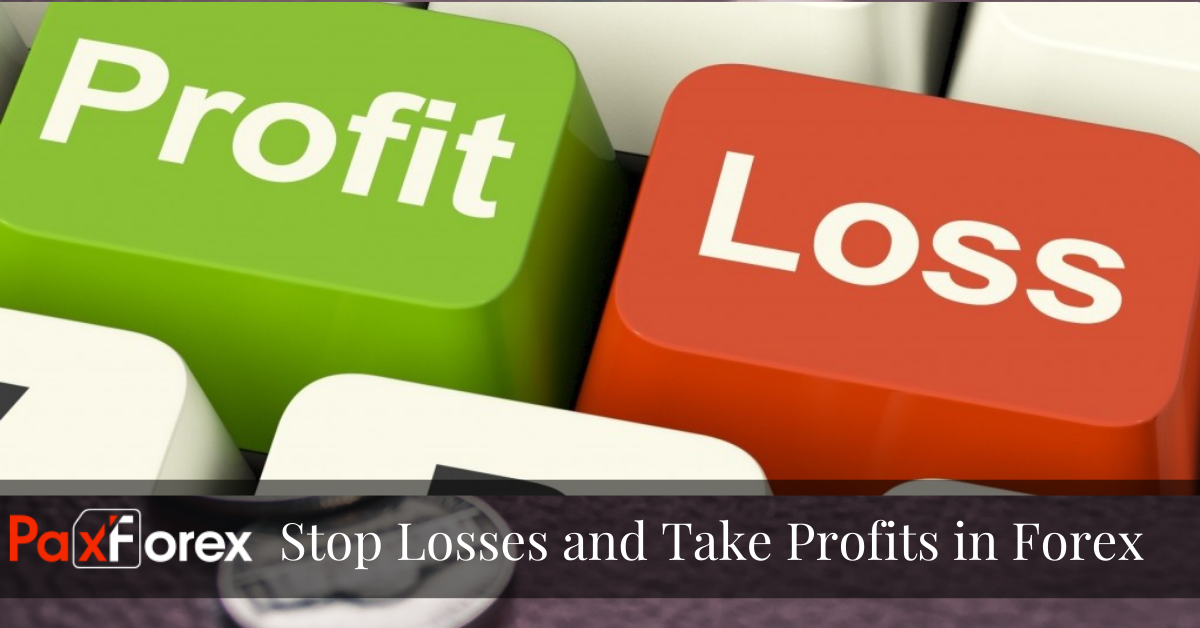
Deep understanding of the underlying principles and mechanics is essential to professional forex trading. Stop-loss and take-profit (SL/TP) management is arguably the most important concept of forex. Stop-loss is an order that you, as a trader, send to your forex broker to limit your losses in a particular open position. Take-profit works in much the same way, letting you lock in profit when a certain price level is reached.
When placing stops, we want to place our stop loss at a logical level, that means a level that will both tell us when our trade signal is no longer valid and that makes sense in the context of the surrounding market structure. You always should think about risk before reward and you should be at least two times more focused on risk per trade than you are on the reward. We need to determine our stop loss to then determine our position size on the trade.
Stop loss and take profit levels are used by forex traders to protect them from unnecessary financial risk and also to ensure that profits are taken for successful trades. Traders following a particular strategy are likely to nominate their stop-loss and take-profit level at the same time as they enter the trade. Both of these types of orders form part of a traders’ risk management strategy and ensure solid money management in controlling total potential loss and gain for each trade.
Most traders would probably agree with the proposition that the hardest thing to get right in forex trading is the placement of stop losses and take profit levels. A great deal of trading education and material that is shared with learning traders focuses on finding the right places to enter trades. Let’s be clear that entry is very important, but good trade management – i.e. using the right stop losses and take profit levels and changing these levels appropriately as the trade progresses – is equally important. It is possible to be right about entries consistently and to still lose money overall.
The previous said shows you the sort of realistic approach you need to be taking in taking your trades and how to use risk/reward within the context of the market. Learning to properly place stop loss and take profit levels and always thinking about achieving a solid risk/reward profile is how you will steadily grow your account over time. There is far more to pursuing positive risk/reward than simply setting arbitrary target level and traders need to properly assess the market to establish their various trade management levels.







